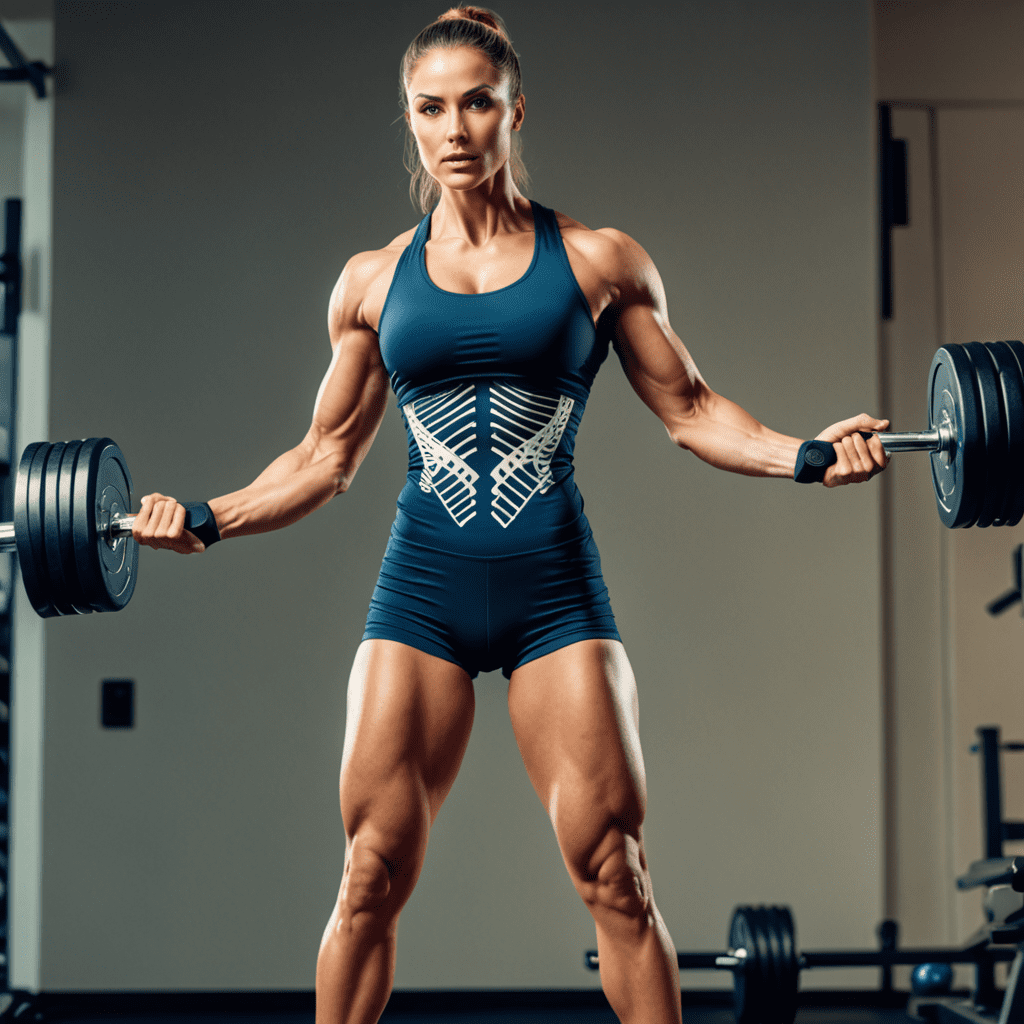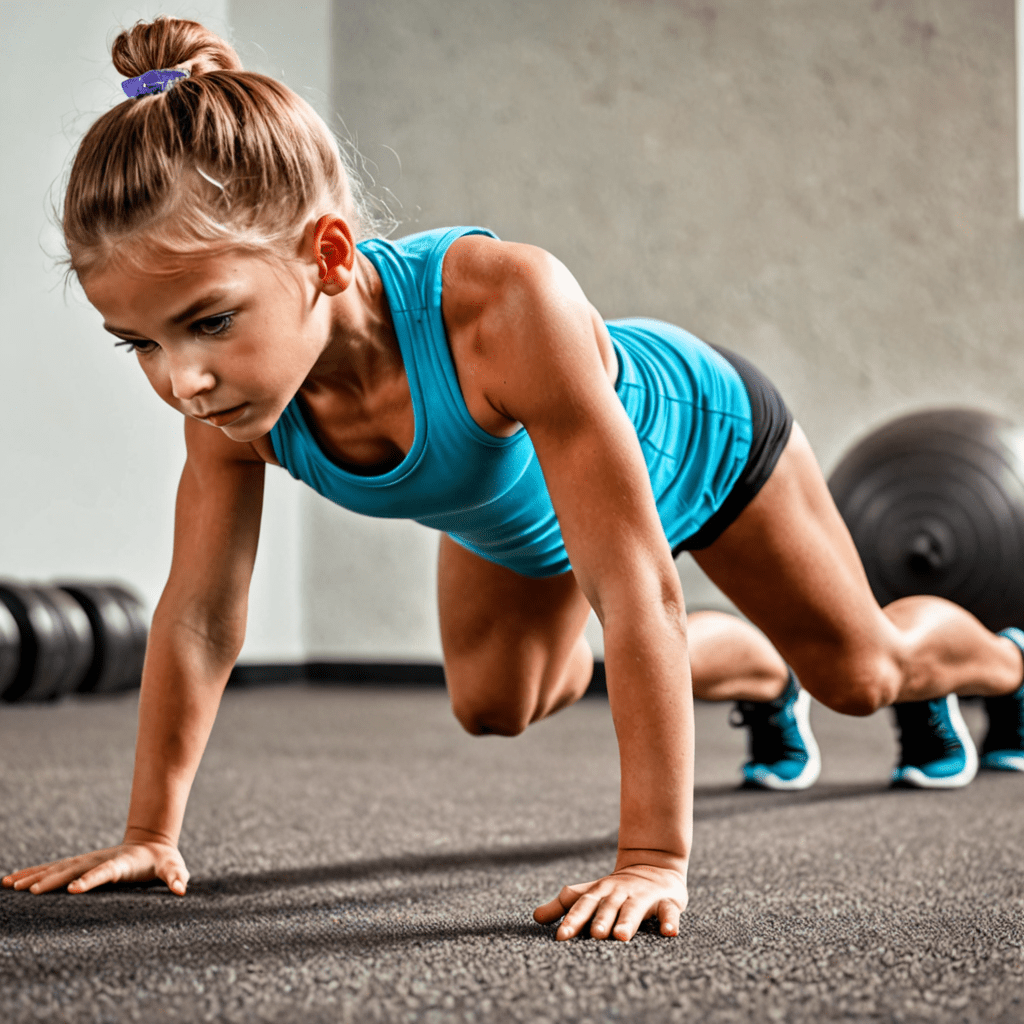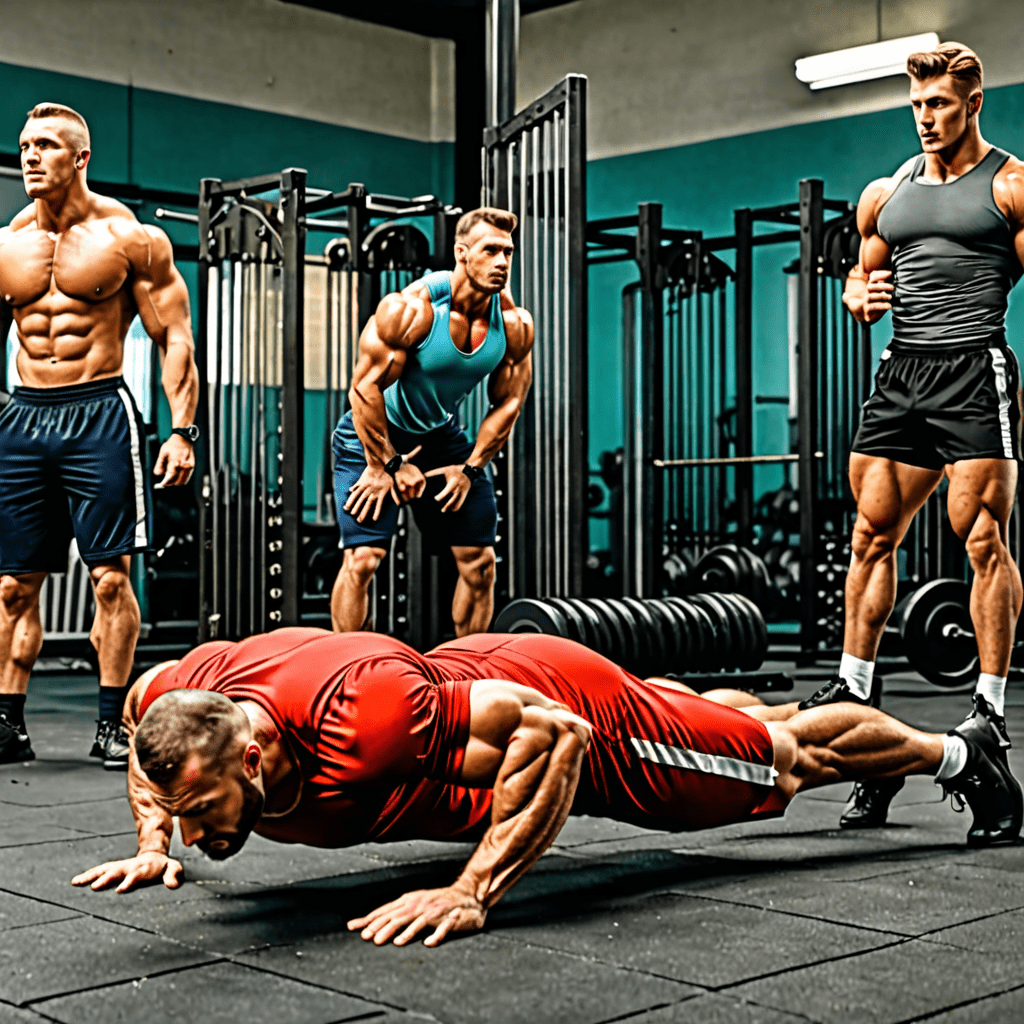Introduction
Functional fitness for older adults is a comprehensive approach to fitness that focuses on improving the ability to perform everyday activities with ease and independence. As we age, our bodies naturally undergo changes that can affect our mobility, strength, and balance. Functional fitness exercises are specifically designed to address these changes and help older adults maintain their physical capabilities and overall well-being.
What is Functional Fitness?
Functional fitness differs from traditional fitness approaches in that it emphasizes movements that mimic real-life activities. These exercises are not isolated, but rather compound movements that engage multiple muscle groups simultaneously. Functional fitness exercises also incorporate a variety of movements, including squatting, bending, reaching, and twisting, which are commonly encountered in everyday life.
Why Functional Fitness is Important for Older Adults
As we age, our bodies experience a decline in muscle mass, flexibility, and coordination. Functional fitness helps to maintain and improve these physical attributes, making it easier for older adults to perform everyday tasks such as getting dressed, cooking, and walking. Functional fitness also helps to reduce the risk of falls and injuries, which are common concerns among older adults.
Benefits of Functional Fitness for Seniors
Incorporating functional fitness into an exercise routine can provide numerous benefits for older adults, including:
- Improved balance and coordination
- Increased strength and mobility
- Reduced risk of falls and injuries
- Improved daily function and independence
- Enhanced cognitive function
- Increased confidence and self-esteem
V. Exercises for Functional Fitness
Functional fitness exercises can be incorporated into various activities, such as:
- Squats: Strengthen legs and improve balance.
- Lunges: Increase flexibility and stability in hips and knees.
- Push-ups: Enhance upper body strength and core stability.
- Rowing: Improve posture and strengthen back muscles.
- Tai chi: Promote flexibility, balance, and coordination.
VI. Incorporating Functional Fitness into Daily Life
To reap the benefits of functional fitness, incorporate it into daily routines by:
- Walking or biking: Engage in regular cardiovascular activity.
- Using stairs: Ascend and descend stairs to improve leg strength and cardiovascular health.
- Gardening: Perform activities like digging, raking, and planting to strengthen muscles and improve flexibility.
- Housework: Engage in activities like vacuuming, dusting, and mopping to improve mobility and coordination.
VII. Importance of Warm-Ups and Cool-Downs
Always warm up before functional fitness exercises to prepare the body and prevent injuries. Start with light cardio and stretching. Cool down after exercising with gentle stretching to enhance flexibility and reduce muscle soreness.
VIII. Safety Precautions
Before engaging in functional fitness, consult a healthcare professional, especially if you have any underlying health conditions. Listen to your body and rest when needed. Use proper form and start gradually, increasing intensity and duration as you progress.
IX. Staying Motivated
Staying motivated is crucial for successful functional fitness. Set realistic goals, find an activity you enjoy, and track your progress. Join a fitness class or find a workout buddy for support and accountability.
X. Conclusion
Functional fitness is an essential aspect of maintaining independence and well-being for older adults. By incorporating these exercises into daily routines, seniors can improve their physical capabilities, reduce the risk of falls and injuries, and enhance their overall quality of life. Consult a healthcare professional before starting any new exercise program and listen to your body throughout the process. With dedication and perseverance, functional fitness can empower older adults to live active and fulfilling lives.
FAQs: Functional Fitness for Older Adults
Q: What are the key components of functional fitness for older adults?
A: Functional fitness focuses on exercises that mimic real-life activities, improving balance, strength, flexibility, and coordination.
Q: How often should older adults engage in functional fitness exercises?
A: Aim for at least two sessions per week, incorporating exercises into daily routines whenever possible.
Q: Can functional fitness exercises be modified for different fitness levels?
A: Yes, exercises can be adjusted to suit individual needs and abilities. Start gradually and progress as strength and fitness improve.
Q: What are some examples of functional fitness exercises for older adults?
A: Squats, lunges, push-ups, rowing, tai chi, walking, and gardening are all excellent functional fitness exercises.
Q: Is it safe for older adults with health conditions to engage in functional fitness?
A: Consult a healthcare professional before starting any new exercise program, especially if you have any underlying health conditions.


